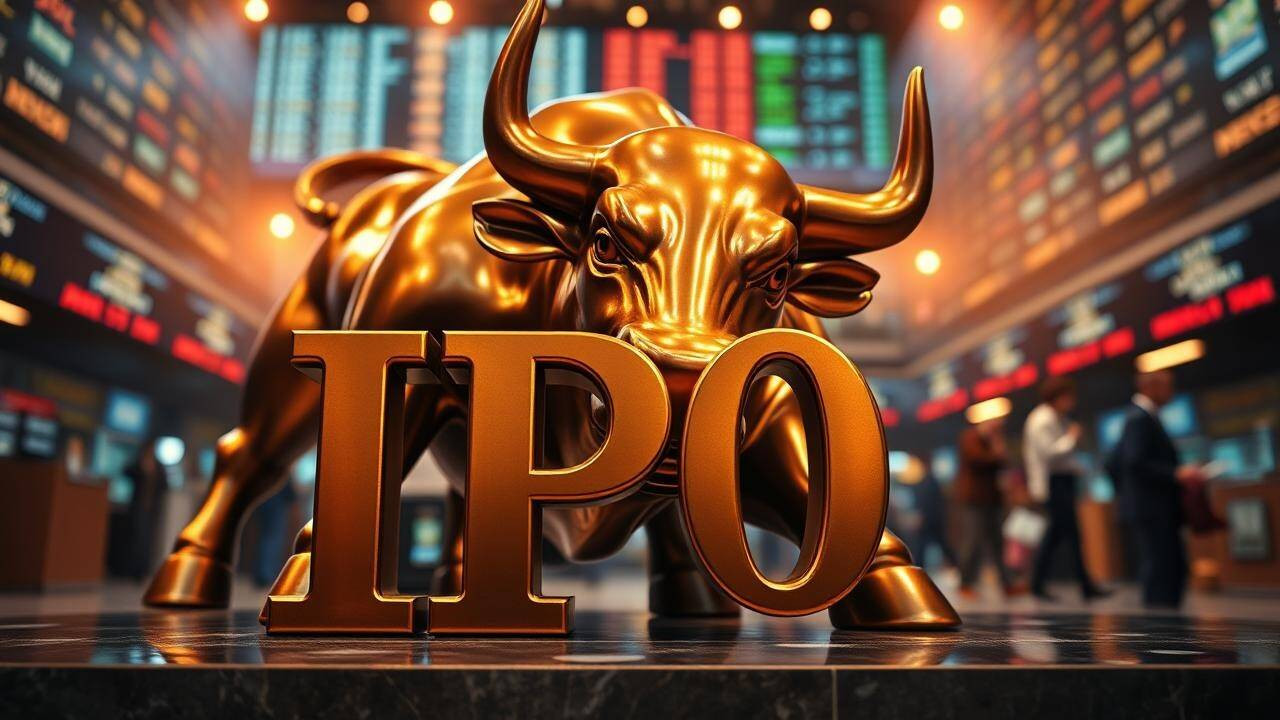Despite a muted equity market trend, four of the top 10 Indian companies, including LIC, SBI, HDFC Bank and Bharti Airtel, collectively added Rs 1,01,369.5 crore to their market valuation last week. However, six firms, such as Reliance and TCS, experienced a combined decrease of Rs 34,852.35 crore.
The Billionaire’s Playground: India’s Top 10 Companies Just Got Richer (Again)
Okay, let’s talk money. Serious money. We’re not talking about the kind that hides down the back of your sofa. We’re talking about the kind that makes headlines – the kind that ripples through the Indian stock market and makes investors either jump for joy or gnaw their fingernails.
Because last week? It was a good week. A very good week for India’s biggest hitters.
The top 10 most valued companies in India collectively added a cool ₹1 lakh crore (that’s roughly $12 billion, for those playing along at home) to their market capitalization. Let that sink in. That’s the kind of number that makes even the most seasoned financial analyst raise an eyebrow.
So, who were the winners in this high-stakes game of financial Monopoly? Let’s dive in.
Reliance Industries, that behemoth of everything from petrochemicals to telecom, led the charge. It wasn’t a sprint, but a steady, powerful surge that added a significant chunk to their already impressive valuation. What’s driving this? Well, Reliance has their fingers in so many pies these days, it’s hard to pinpoint one single factor. But their continued dominance in the telecom sector (Jio, anyone?) and ongoing investments in green energy certainly play a significant role. They’re not just resting on their laurels, that’s for sure.
Following closely behind was HDFC Bank, a name synonymous with stability and growth in the Indian banking sector. In a world where fintech startups are constantly nipping at the heels of traditional financial institutions, HDFC Bank continues to prove its resilience. Maybe it’s their focus on customer service, maybe it’s their conservative (but effective) approach to lending, or maybe it’s just good old-fashioned brand loyalty. Whatever it is, it’s working.
Then came the IT giants. Tata Consultancy Services (TCS) and Infosys, two names that are practically synonymous with India’s outsourcing prowess, also saw their market cap swell. The global demand for IT services remains strong, and these companies are perfectly positioned to capitalize on that. They’re not immune to the challenges of automation and AI, of course. But their size, scale, and expertise give them a definite advantage in navigating these technological shifts. Think of them as the seasoned players adapting to a new game, rather than being swept aside by it.
Rounding out the notable gainers were companies like ICICI Bank and Hindustan Unilever. ICICI Bank’s performance reflects the overall health of the banking sector in India, which seems to be steadily recovering after a period of uncertainty. And Hindustan Unilever? Well, they’re selling everything from soap to soup to millions of households across the country. People will always need those staples, making HUL a pretty safe bet, generally speaking.
Now, what does all of this mean for the average investor? Well, it’s a mixed bag. On the one hand, seeing the market leaders thrive is generally a good sign for the overall health of the Indian economy. It suggests confidence, growth, and opportunity. On the other hand, it also highlights the concentration of wealth and power in the hands of a few large players. This can create barriers to entry for smaller companies and limit competition, which isn’t always ideal.
Furthermore, while the big boys are booming, it’s important to remember that the stock market is a fickle beast. What goes up can certainly come down, and past performance is never a guarantee of future returns. Diversification remains key, as does a healthy dose of skepticism. Don’t put all your eggs in one basket, and don’t believe everything you read (including this, for that matter!).
The million-dollar question, of course, is whether this upward trend will continue. Will these top 10 companies continue to dominate the Indian market, or will new players emerge to challenge their reign? Will the economic headwinds – global inflation, geopolitical tensions, rising interest rates – eventually put a damper on their growth? Only time will tell.
But one thing is certain: the Indian stock market is never boring. It’s a dynamic, ever-evolving landscape, full of opportunities and risks. And for those willing to do their homework and take a calculated gamble, it can be a very rewarding place to play. Just remember to tread carefully, and always keep an eye on the bottom line. Because in the world of finance, as in life, knowledge is power. And a little bit of luck never hurts either.
📬 Stay informed — follow us for more insightful updates!







